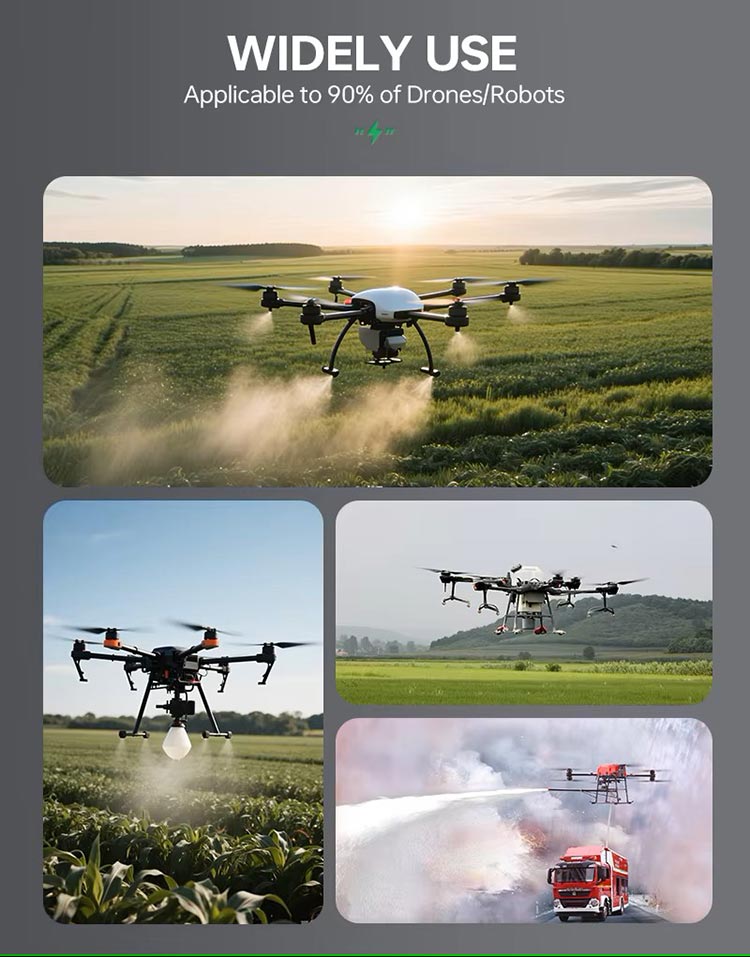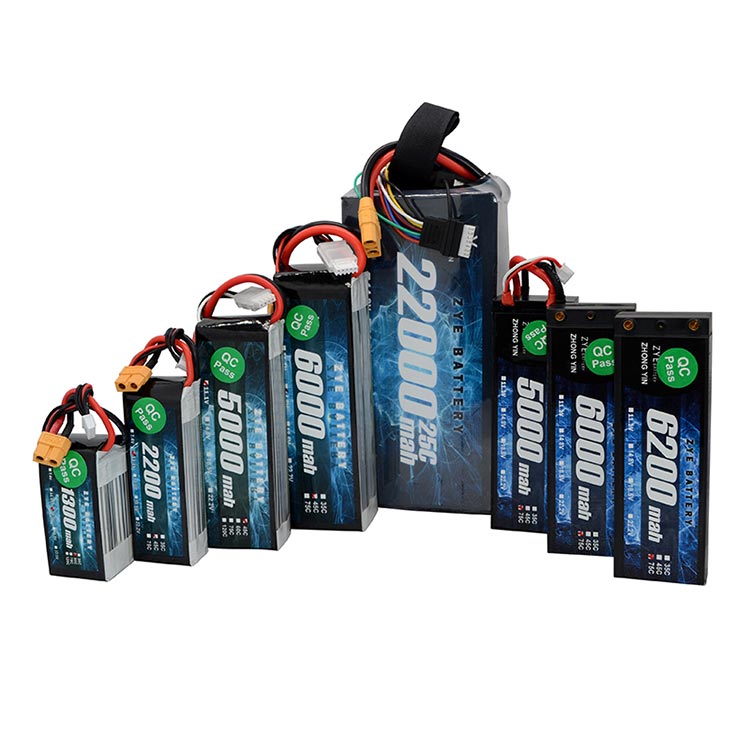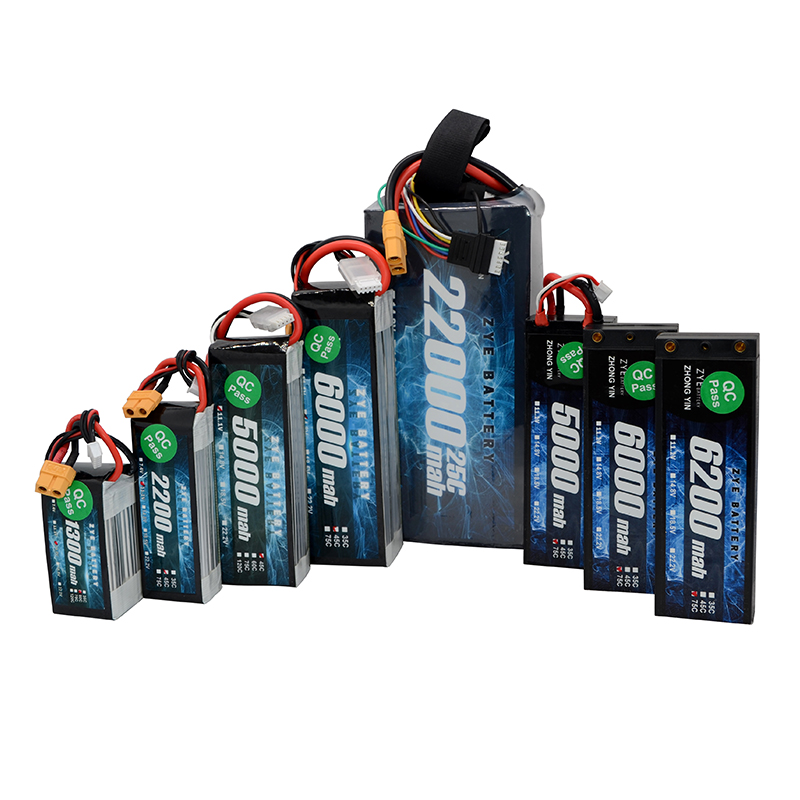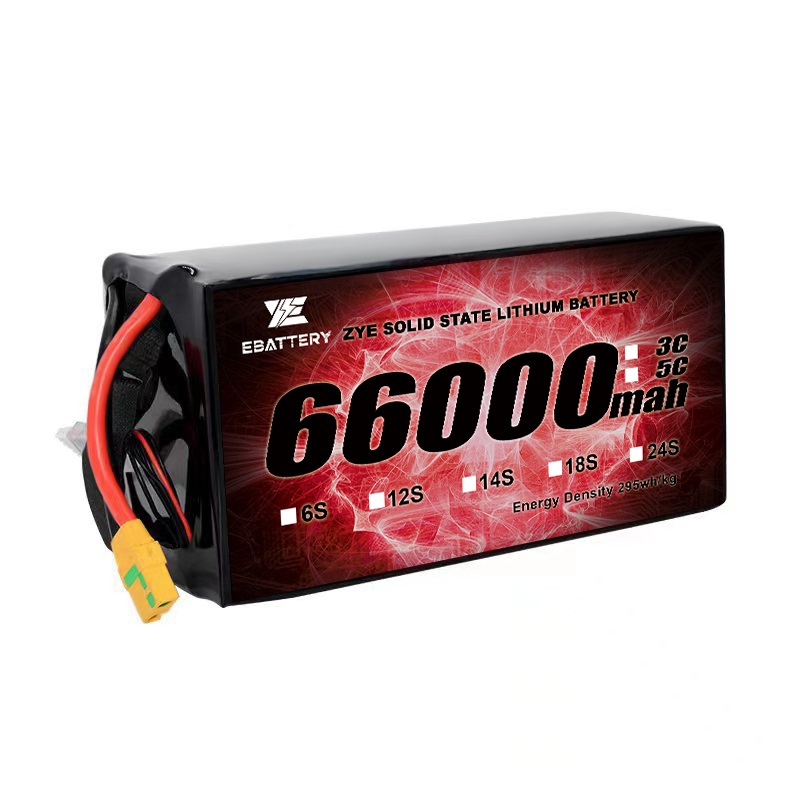How to efficiently manage and test drone batteries
2025-09-08
The performance and lifespan of drone batteries depend not only on the hardware itself but also on long-term efficient management and regular testing. Proper management minimizes unnecessary wear, while systematic testing identifies potential issues early.

Efficient Management: Reducing Battery Degradation Across the Entire Lifecycle
Drone battery management must span the entire process: “new battery activation - daily use - long-term storage - aging and retirement.” The core principle is “minimizing ineffective loss while maintaining battery activity.”
How to Quickly and Safely Deplete a Drone Battery?
When preparing to store or test drone batteries, or more precisely when troubleshooting drone malfunctions, we need to discharge the battery. As drone battery specialists, we've compiled the following effective methods for rapid discharge.
Active Drone Flight
The simplest way to discharge a drone battery is through flight. High-energy maneuvers—such as rapid ascents, descents, and agility—consume significant power. Drone performance is further taxed when carrying payloads (e.g., small accessories) or flying into headwinds. Operate the drone safely within controlled parameters, ensuring sufficient charge for a secure landing.
Motor Run Without Propellers
For safe discharge, remove the drone's propellers and run its motors. Place the drone on a level surface, detach the propellers, then power it on. Next, use the controller to set the motors to high speed. This method provides a secure way to discharge batteries by closely monitoring temperature and power levels.
Using a Battery Discharger
A battery discharger is a tool specifically designed for safely discharging lithium polymer (LiPo) batteries. When used in a controlled manner, implementing a cut-off voltage prevents over-discharge, extending your battery pack's lifespan without significant damage. Modern dischargers are also highly efficient and facilitate real-time process monitoring, making them ideal for storage applications.
Connecting to High-Power Devices
You can also connect the battery to suitable high-power loads with peak power requirements, such as power resistors, LED lights, or fans. These devices draw a constant current, discharging the battery more evenly. Verify that the device's voltage and current requirements are compatible with the battery's specifications to prevent damage.

Using Smart BMS in Drones
Many drones incorporate built-in safety discharge systems, particularly when powered by smart batteries. These batteries automatically discharge to a safe storage voltage during prolonged storage. You can also manage discharge via manufacturer-designed apps or Bluetooth settings.
Daily Use: Implementing a “Tiered Management” System
If you own multiple batteries, categorize them by “health level” to avoid overusing good batteries while letting poor ones sit idle and deteriorate:
Grade A Batteries (Health ≥90%, Cycle Count ≤50): Reserve for critical missions (e.g., aerial photography, long-range flights) where stable endurance is paramount. Grade A batteries deliver more reliable power output.
Grade B Batteries (Health 80%-90%, Cycle Count 50-150): Use for daily practice and short flights. Meet basic needs while reducing cycle wear on Grade A batteries.
Grade C Batteries (Health 70%-80%, Cycle Count 150-200): Reserved exclusively for ground testing (e.g., drone startup debugging, app functionality checks). Never used for aerial flight to prevent crash risks from insufficient endurance.
Additionally, each battery must be labeled with an “Identity Tag” recording its first use date, cycle count, and health status changes to facilitate tiered management.
“Synergy Techniques” for Management and Testing
Efficient management and systematic testing must complement each other to maximize battery value:
- Batteries identified with “cell imbalance” during testing should undergo priority equalization charging before being assigned to Class B or C usage.
Batteries stored long-term must undergo baseline health testing after activation to confirm functionality before deployment;
Each battery's test data should be compiled into a “battery profile,” documenting health status, endurance, and anomalies from every test. If a battery shows three consecutive performance declines (e.g., 5% health loss per test), it should be classified as “battery for retirement” to prevent risks from forced usage.
Conclusion
Efficient drone battery management is critical for maximizing performance and ensuring safety.
Management practices—including tiered usage, precise storage, and scientific charging—minimize degradation. Testing protocols—such as regular inspections, scenario simulations, and emergency validation—proactively mitigate risks. Adopting the habit of “test before use, manage before storage” extends battery life by over 30% while ensuring peace of mind for every flight.
Whether you're learning how to charge drone batteries, how to quickly deplete them, or understanding their lifespan, following best practices will extend your drone's operational life and enhance its performance.
























































